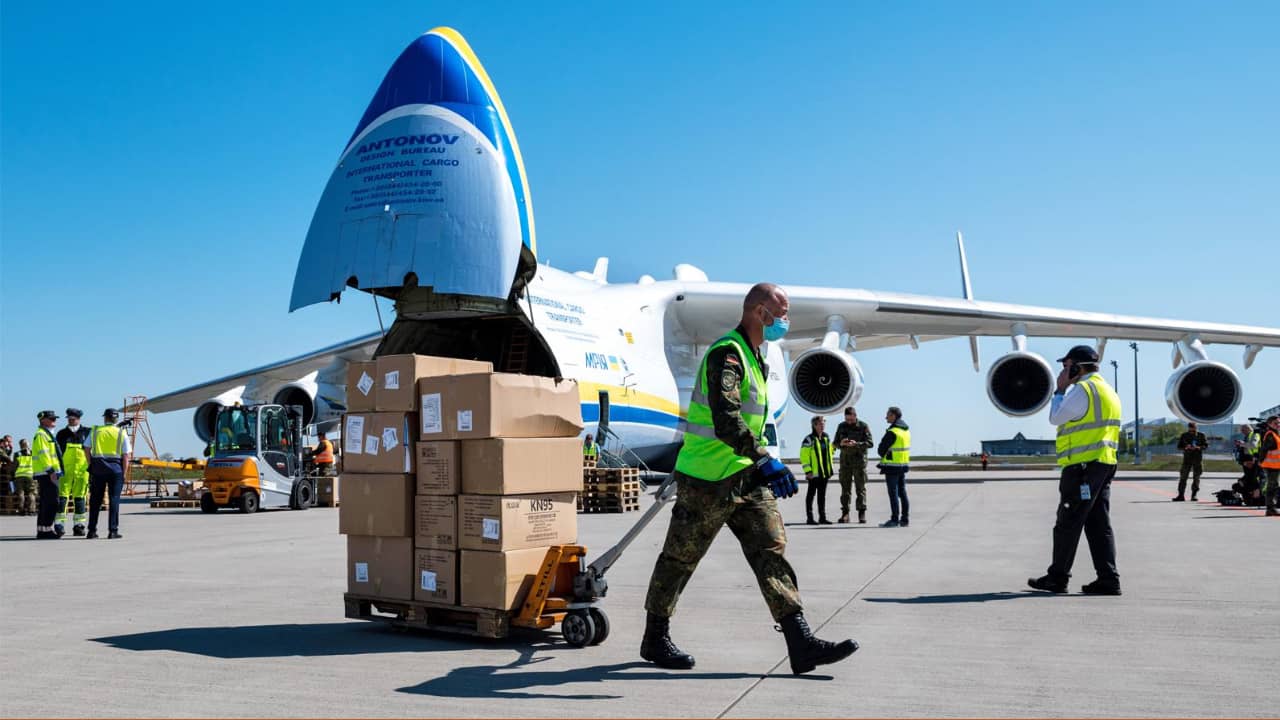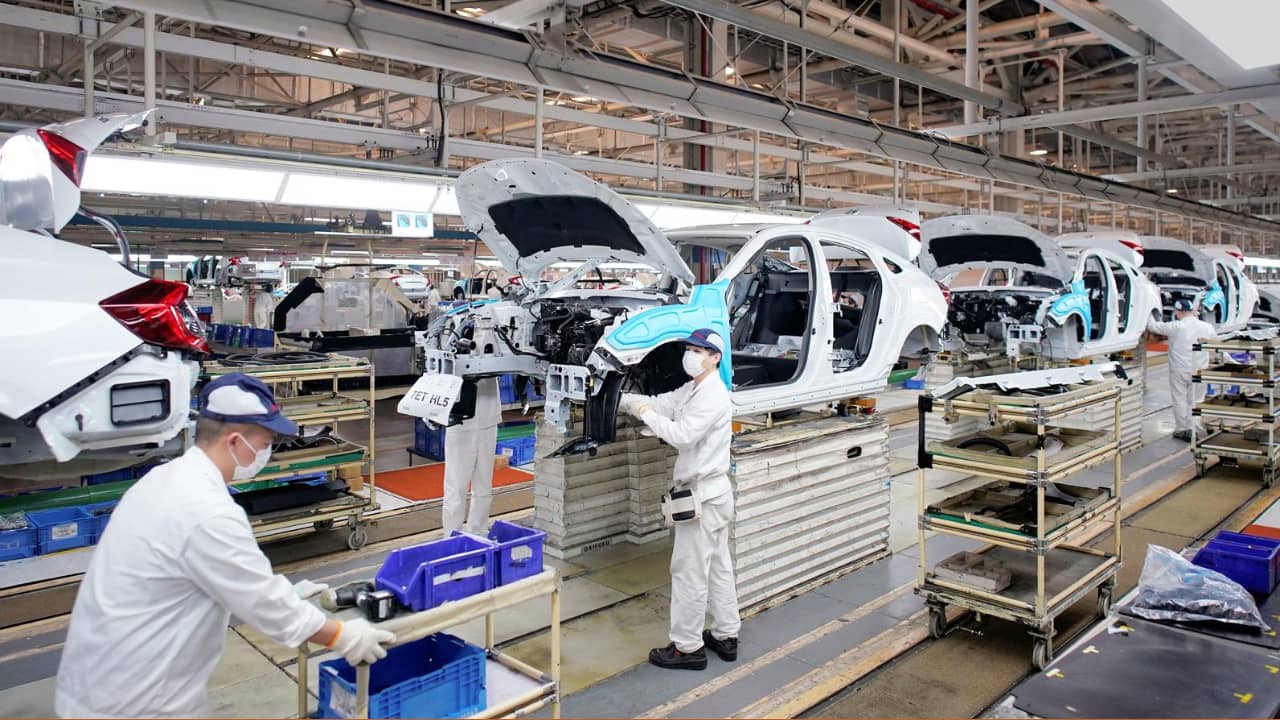
5 Ways to Minimise Freight Delays and Avoid Unhappy Clients
5-minute read
Let’s quickly recap what you have experienced! In December 2019, doctors in Wuhan, China, began to see patients with unusual and worrying symptoms.
They suspected that the cases of respiratory problems and pneumonia appearing in their clinics were caused by a virus that hadn’t previously been seen in humans.
On January 12, 2020, Chinese scientists published the genetic sequence of the new virus. The next day, health authorities in Thailand reported the first case of the new disease outside mainland China.
The next chapters of the COVID-19 story unfolded at frightening speed. When the city of Wuhan was placed under lockdown on January 23 in an effort to control the spread of the disease, World Health Organization officials described the move as “unprecedented in public health history.”
Three months later, half the world’s population was being requested or required to stay at home as more than 90 countries introduced strict quarantine rules and movement restrictions.
More than 2.7 million cases of the new coronavirus had been positively identified in 210 countries by the third week of April, and more than 190,000 people with the disease had lost their lives.
With testing equipment and infrastructure in short supply around the world, officials believe that the true figures for both cases and deaths are much higher.

How the Global Trade has been Affected
We are seeing disruption like nothing before. First, you have a situation where companies need to protect their people from a potentially life-threatening disease.
Then you have an issue with production and supply capacity, because businesses are being forced to shut down if they don’t produce essential equipment.
And in addition, you have huge demand changes. Some sectors, such as automotive, have seen demand collapse, while businesses supplying products that aid the fight against the virus have seen it increase by as much as 800%.
All those difficulties are compounded by the global reach of the crisis.
We have seen a number of major natural and man-made disasters over the last decade – from the earthquake in Japan in 2011 to the flooding in Thailand later the same year – which hit the technology sector particularly hard.
But they were local or regional events that often had global effects.
Today, demand and supply are being hit in almost every region. That makes it much more difficult for companies to execute their existing resilience strategies, which often rely on the ability to shift production around the globe and switch volumes between suppliers in different regions.
And the impact on different regions is not in sync. So, when China was opening its factories again, their customers in Europe and the U.S. were still shut down.

Transport Turmoil We are Seeing due to the Pandemic
For example, shipping containers are in the wrong place. One analogy would be a supermarket which has all its trolleys by the door. The problem is that, when the customers have used those trolleys, they leave them at the outer reaches of the car park – so you need to have a system to bring them back.
That’s what’s happened with shipping containers: they’ve been left in different locations across the world. I was talking to a company the other day that couldn’t find refrigerated containers anywhere.
Then there are issues with warehousing. Warehouses are filling up because their outflows have reduced. Ultimately this could result in that, when cargo arrives at port, warehouses can’t take it because they’re full, so the ports fill up with lots of containers.
This means cargo boats can’t unload, so these are sitting out in the ocean waiting to come in. It’s an illustration that this is a complex, interrelated system. I think we’re going to see more challenges like this if the lockdown continues for a substantial amount of time.

What Supply Chain Trends are Happening During the Pandemic?
We’ve found that panic-buying of particular products is different in different countries. For example, in France, stockpiling of toilet rolls doesn’t seem to have occurred – but it’s been a national obsession in the U.K. and Australia.
We’ve also seen many big manufacturers doing a lot of range rationalization and reduction in complexity. This means, you may notice that your supermarket has gone from stocking 20 different varieties of pasta to just seven.
Reducing complexity like this is better for capacity because manufacturers don’t have to carry out changeovers to machinery, etc., during production and are therefore able to make more goods.
It also simplifies the shipping process and helps get things through the supply chain and onto the shelves.

5 Ways to Minimise Freight Delays and Avoid Unhappy Clients
1. Consider multi-sourcing of parts/raw materials/finished goods, to improve your odds of getting finished goods to market. With regulations changing rapidly, there will be opportunities to quickly take up supply, and many companies have already instituted virtual quality control checks.
While sourcing from one supplier or a handful of suppliers in the same country can provide cost benefits from scale and bargaining power, it creates additional risk for companies when a crisis hits that country/suppliers.
Companies with a diversified supply base are less exposed to the risk.
2. Make sure you (and your logistics provider) have full visibility of all your upcoming shipments, so they can secure space in advance.
Consider integrating your key logistics partner as part of your extended team to enable faster communication. Easy Freight team can talk to your suppliers while you are concentrating on getting new clients for your own business.
3. Subscribe to your service providers’ and government agencies newsletter to stay informed about all transport/regulatory rules regarding the virus outbreak.
4. Line up contingency freight options (i.e. full container, part shipment by air, etc.) in case you need to expedite shipments due to factory delays.
Have a back up plan and know the rates for these alternatives.
5. Tell your suppliers to avoid any original documents (e.g. request EXPRESS Bill of Lading instead of Original Bill of Lading) because courier companies are less reliable when air traffic is disrupted.
Inform your buyers/clients that cargo may be delayed due to COVID-19 so they can plan accordly. Allow for at least one extra week in transit time just to be safe. It is better to under promise and over deliver.
P.S. Easy Freight Ltd helps New Zealand importers & exporters to save money on international freight and reduce mistakes by guiding how to comply with Customs and biosecurity rules.
➔ Contact us now to learn how we can assist you.
